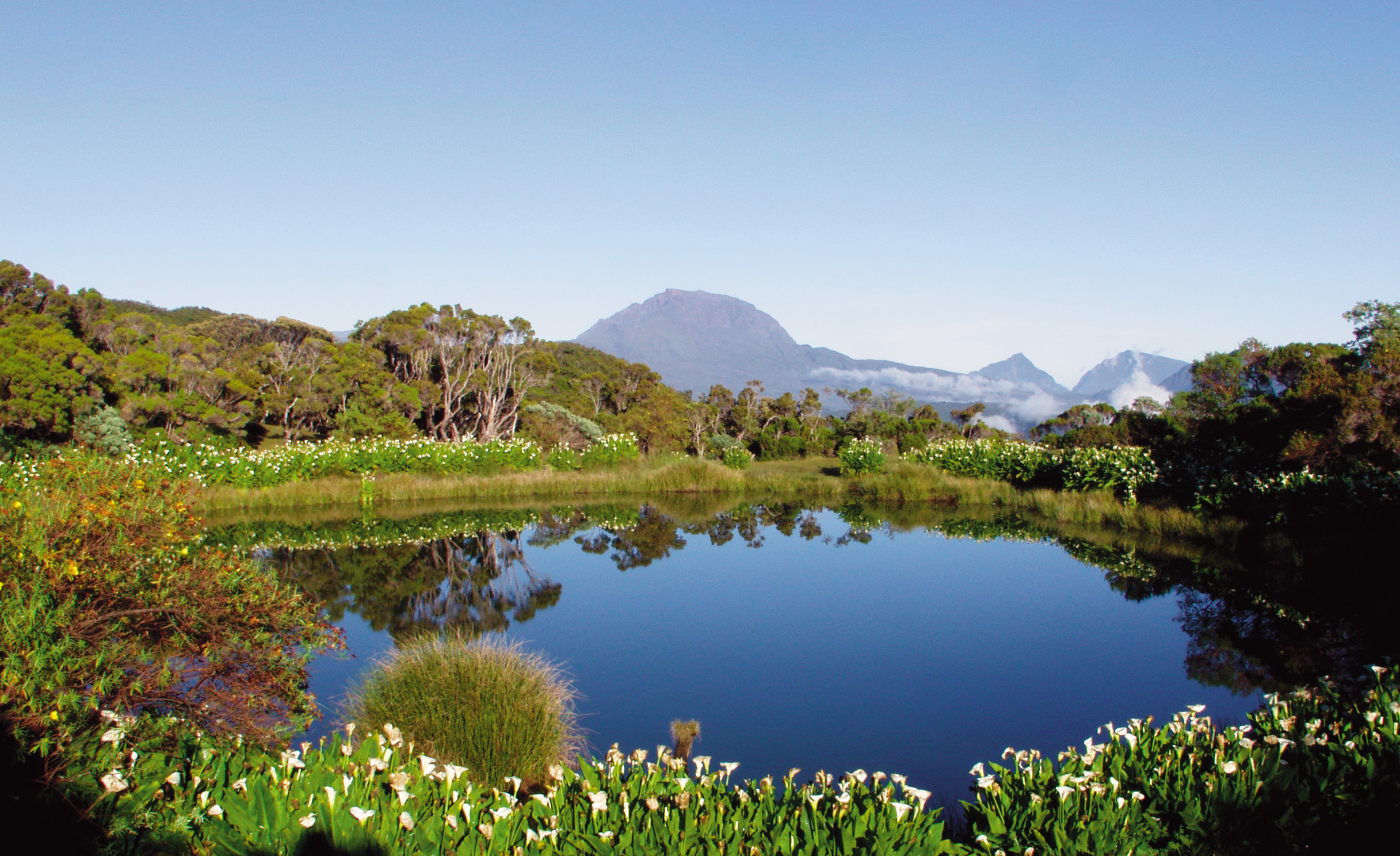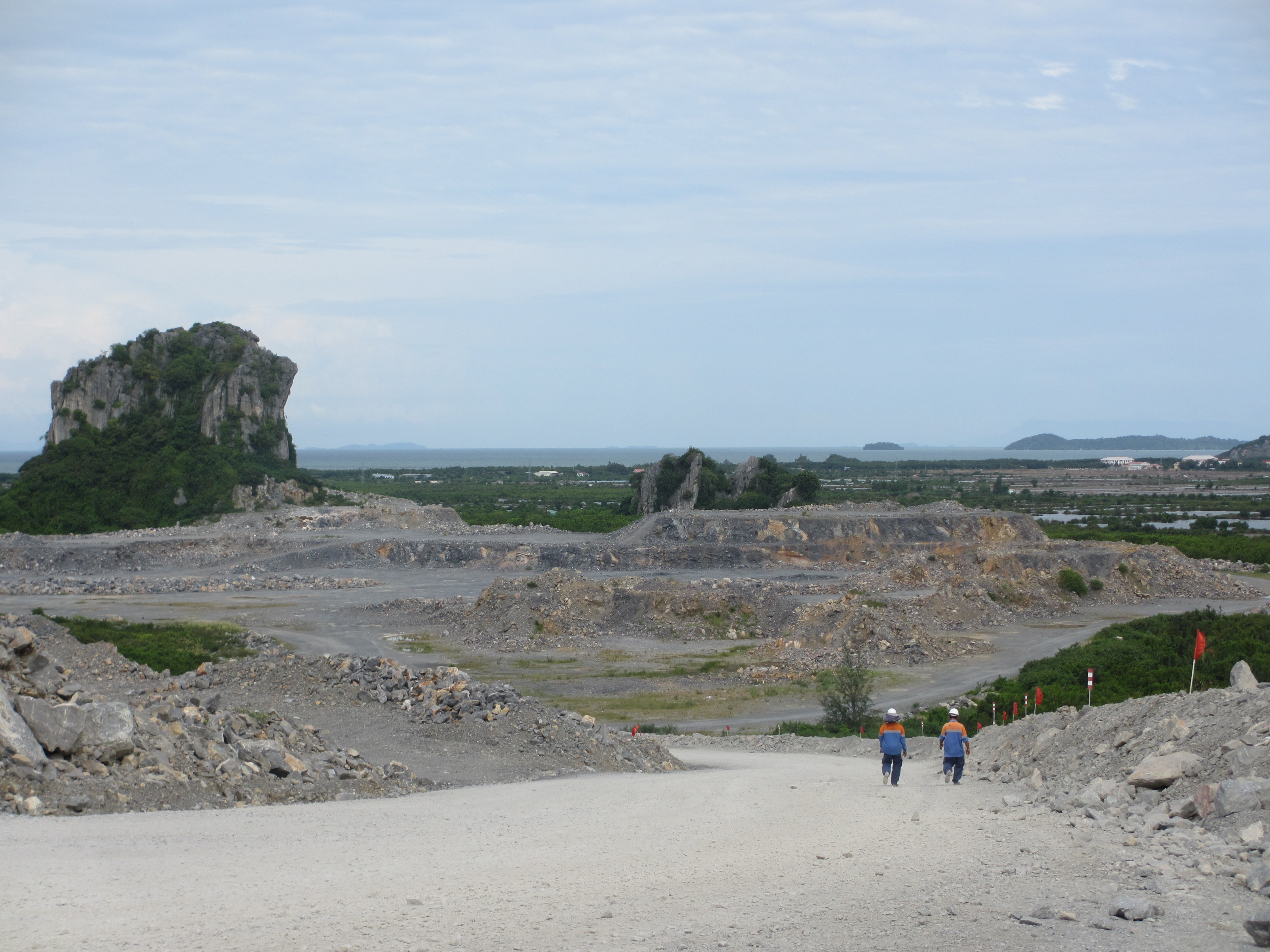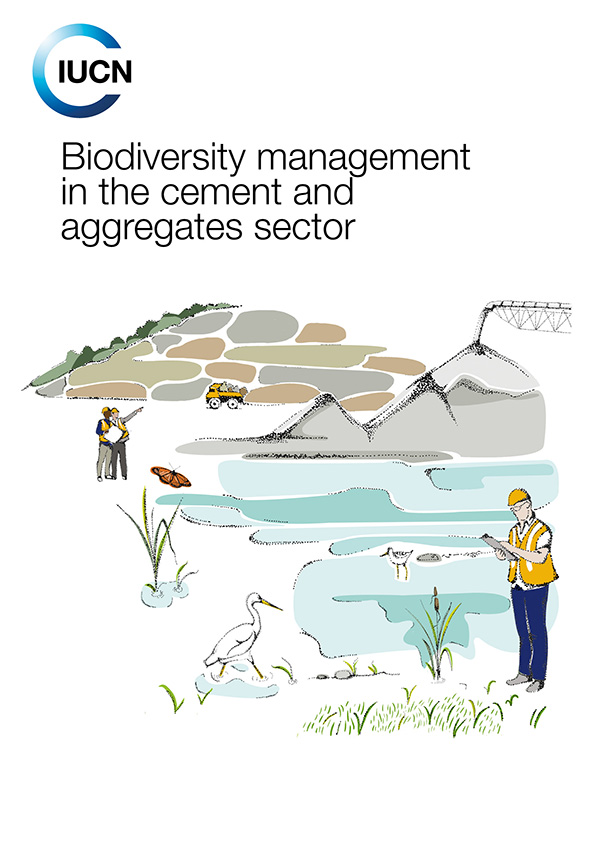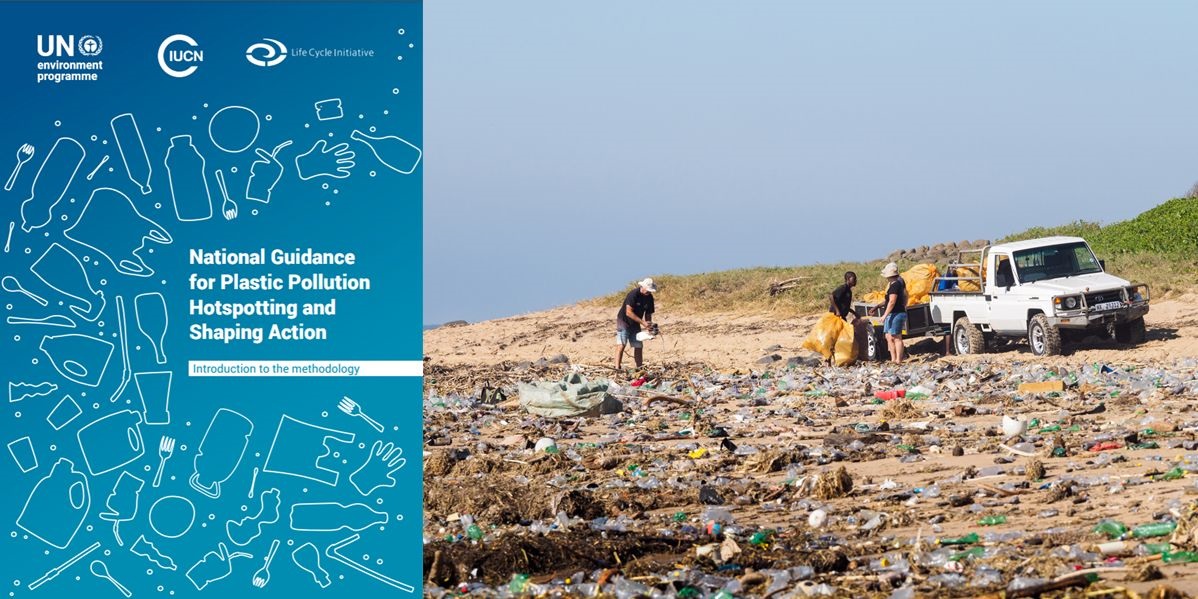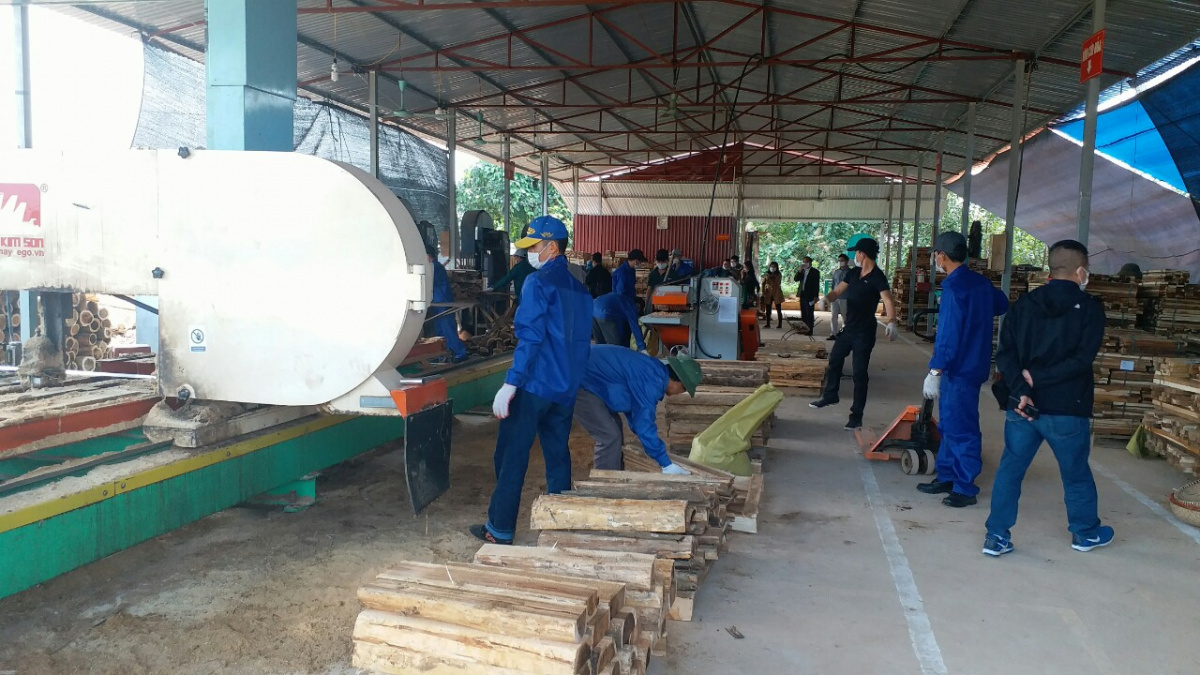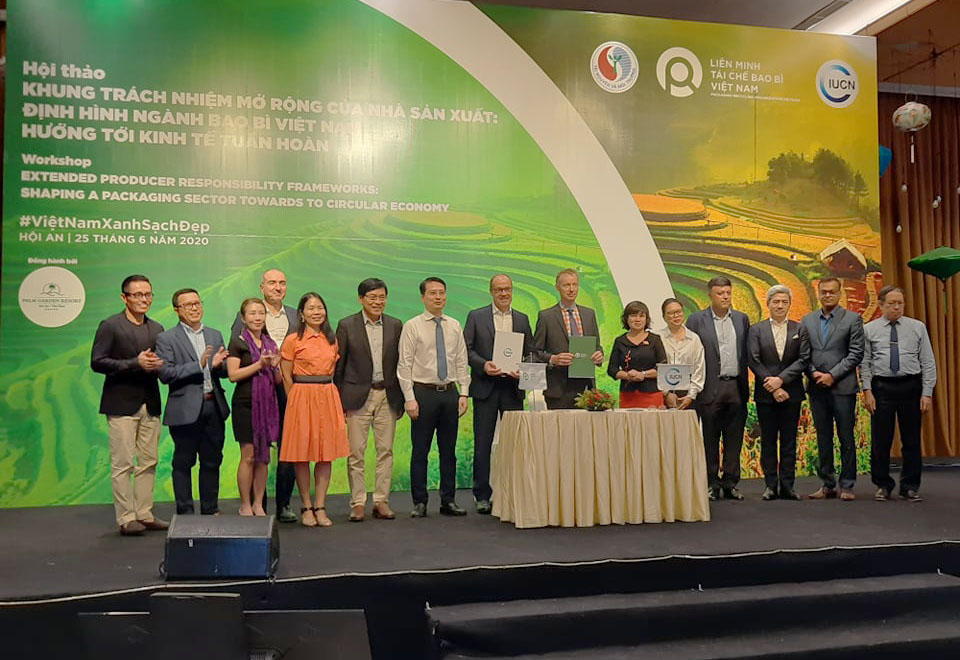IUCN and Holcim celebrate the conclusion of a successful relationship producing important tools for the cement and aggregates sector
Working together to strengthen biodiversity and water management within Holcim and to extend tested approaches to the cement and aggregates sector, IUCN and Swiss-based global building materials company Holcim have now completed the second phase of their seven-year engagement.
The launch of a number of technical guides this year marks the end of this phase of the relationship. These guides will benefit Holcim, the wider building materials sector and policy makers. Alongside tools to support the implementation of biodiversity and water management within Holcim, the engagement produced the Biodiversity Indicator and Reporting System (BIRS), an indicator system aimed at monitoring biodiversity changes within Holcim’s operations which can be adapted by other companies. Holcim is now focusing its efforts on the further implementation of biodiversity management and monitoring across the Group.
“The relationship with Holcim has enabled IUCN to test biodiversity and water management approaches with a leader in the sector whilst demonstrating the power of IUCN networks and expertise,” says Gerard Bos, Director of IUCN’s Global Business and Biodiversity Programme. “The guidance and support of an Independent Scientific Advisory Panel established by IUCN was instrumental to the success of the relationship and leaves a legacy which will enable scaling up biodiversity management approaches in the cement and aggregates sector.”
Other key outputs of the relationship include the Integrated Biodiversity Management System, a guide centred on the development of a policy with clear targets that should shape all company actions on biodiversity, and a guide on regulatory tools for policy makers to strengthen biodiversity management within the building materials sector.
A Memorandum of Understanding has been signed between IUCN and Holcim demonstrating a commitment to continue collaboration. This includes individual and joint dissemination of the tools developed together and preparing for a third phase of engagement for the independent review of the implementation status within Holcim.
“Through our work with IUCN and the Biodiversity Advisory Panel, Holcim now has the tools to better manage and monitor biodiversity improvements in our operations,” says Rashila Kerai of the Holcim Group. “The close collaboration ensured that the resulting recommendations are scientifically sound and practical for our operations. Going forward, we will continue our efforts to implement the requirements across the group.”
For more information on the IUCN-Holcim relationship click here.
To read a summary about the tools developed through the engagement, download the summary brochure.
